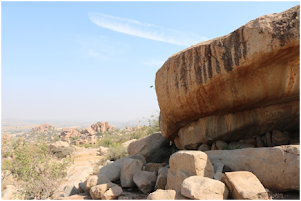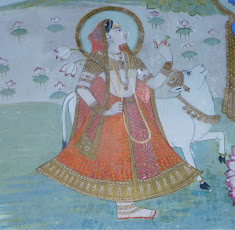
NAVAGUNJARA The concept of 'hybrid gods' may seem new, but gods with animalistic attributes have been present in world cultures for a long time. Archaeologists have discovered ritualistic evidence in settlements that worshipped such hybrid gods. For example, a burial site yielded skeletal remains of a cow, and a horse bound together, and other remains included a six-legged sheep. Mythical composite gods appear in cultures around the world. For example, Anubis was popularly worshipped in ancient Egyptian civilization, while Narasimha is still worshipped in Hindu culture. One such mythical creature in Hindu mythology is the Navagunjara (also Nabagunjara ), introduced by the Oriya Adikavi Sarala Das in his version of the Hindu Epic, Mahabharata. ( Sarala Das is a 15th-century poet contemporary to the Gajapathi King Kapiledra Dev) In his poem, Sarala Das introduces the mythical creature as an avatar of Lord Krishna who emerged to test A...

